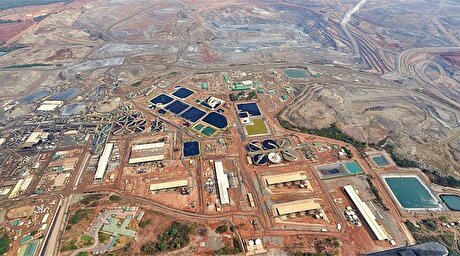
21 Billion Rials in added value in MSC

He added, “In this wastewater treatment unit, the wastewater undergoes garbage-removal, degreasing, aeration, chemical purification through hydrated lime [also known as slaked lime], ferric chloride [or Iron (III) chloride] and polyelectrolyte as well as the coagulation and flocculation processes before it is sent to clarifiers. Then it is used in the green space of the company after going through the carbon sequestration process and PH adjustment with sulfuric acid.”
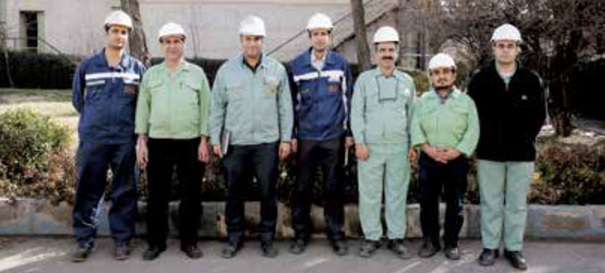
He went on to say that particles in the wastewater, which are now in the form of sludge, are pumped into sludge collecting lagoons. After getting dry, they are sent on board trucks to a waste depot due to having a low percentage of iron (about 15 percent). “During the treatment process of industrial wastewater accumulated in the production lines of the Steelmaking Plant, the huge volume of waste and the low purity of iron, for which sedimentation of iron minerals and hydrated lime are to blame, can leave a destructive impact on the environment. It can also have a direct effect on rising transport costs, consumption of chemicals, and loading and unloading time in the lagoons dedicated to the removal of sludge.”
Navaei said the industrial and chemical wastewater treatment unit has put on its agenda efforts to recycle the wastewater and remove the existing problems, adding to reach that target, the unit studied proposed plans. Implementation of each plan brought its problems to light. Finally, a proposal was put forward on cutting the consumption of chemicals (hydrated lime) which would lead to improvement of environmental conditions and an increase in the purity level of iron in the waste output and its subsequent recycling.
He said the plan saw the wastewater produced in Mobarakeh Steel Company analyzed separately through the jar test [which is intended to simulate the coagulation/flocculation process in a water treatment plant] for about one year.
The findings of the yearlong lab-based research were presented in an article which was submitted in a national conference on clean water and was confirmed at the Energy Ministry’s Power and Water University of Technology, he said, adding it was later implemented on a pilot basis at the company’s galvanized refinery in coordination with the environment unit, the Iron-making Plant and the central laboratory for one year.
He described the implementation of the plan and its results as satisfactory and said that it was registered as a special project at Mobarakeh Steel Company, adding the implementation of the project did not come at a huge cost for the company. “Studies show that mixing part of the alkaline wastewater with industrial wastewater before it undergoes neutralizing and chemical processes will lower costs as far as transportation and repairs are concerned and will scale down the required workforce. It will also decrease the amount of hydrated lime used in the coagulation and flocculation processes, and will lower the consumption of lime, sulfuric acid, ferric chloride and polyelectrolyte.
“Finally, it will decrease the inconsistency apparent in the sulfate ion, and above all, it leaves no industrial waste at the treatment facility in the end,” he said.
The removal of lime, sulfuric acid and ferric chloride in the alkaline waste treatment system of the galvanized refinery can instead result in the use of the wastewater in the treatment facility of Unit 21, he said, adding, “Thanks to a decline in the consumption of chemicals in the industrial wastewater treatment facility, the outgoing waste is recyclable and can be used as raw material in the Iron-Making Plant.”
In conclusion, he thanked the management of the energy and fluid, environment and iron-making units as well as MSC’s central laboratory for their contribution to the project.


Caterpillar sees US tariff hit of up to $1.5 billion this year
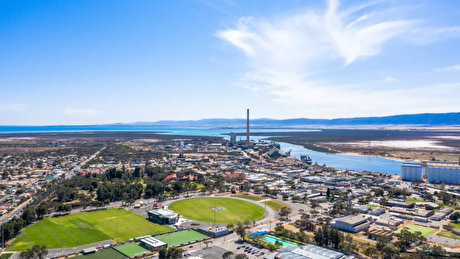
Australia pledges $87M to rescue Trafigura’s Nyrstar smelters in critical minerals push
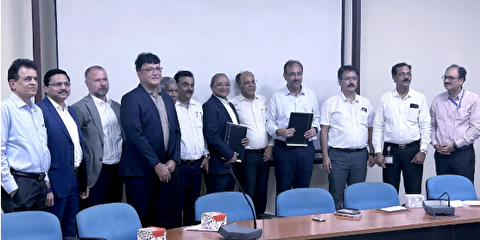
SAIL Bhilai Steel relies on Danieli proprietary technology to expand plate mill portfolio to higher steel grades
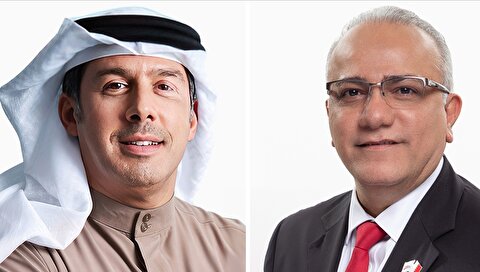
Alba Discloses its Financial Results for the Second Quarter and H1 of 2025

Fortuna rises on improved resource estimate for Senegal gold project
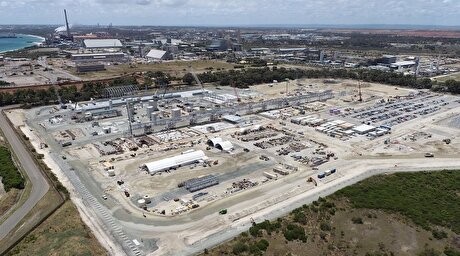
Tianqi Lithium Australia JV says it is prioritizing long-term viability of refinery
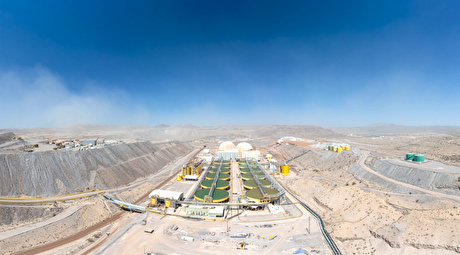
Fresnillo lifts gold forecast on strong first-half surge
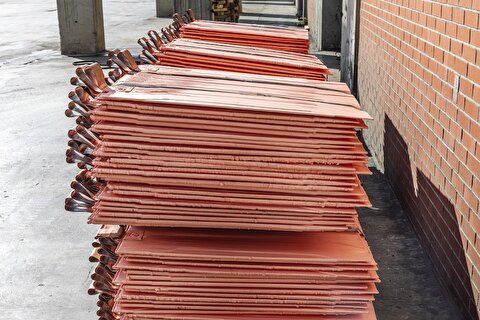
Copper price slips as unwinding of tariff trade boosts LME stockpiles
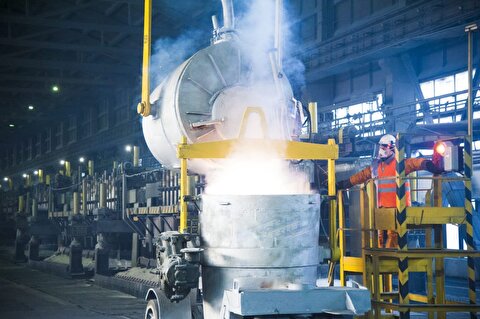
Why did copper escape US tariffs when aluminum did not?

New research reveals source of world’s richest lithium deposits
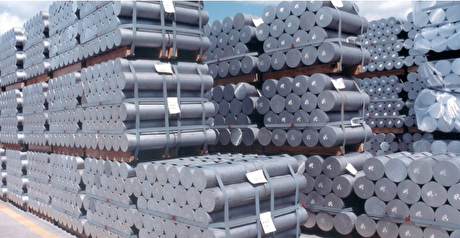
Century Aluminum to invest $50M in Mt. Holly smelter restart in South Carolina

Australia to invest $33 million to boost Liontown’s Kathleen lithium operations
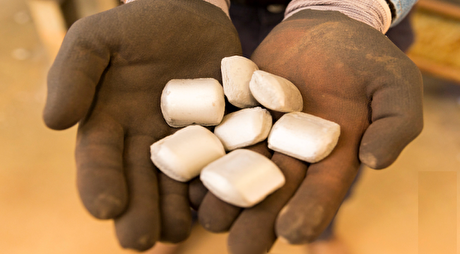
Glencore warns of cobalt surplus amid DRC export ban

SSR Mining soars on Q2 earnings beat
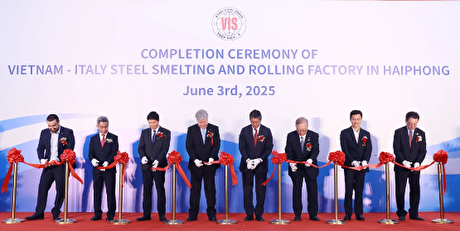
A Danieli greenfield project for competitive, quality rebar production

China limits supply of critical minerals to US defense sector: WSJ
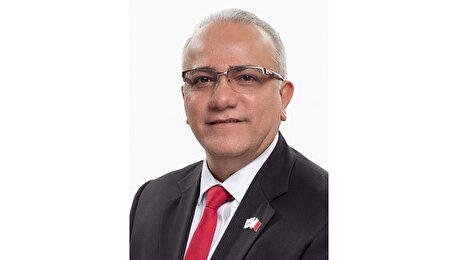
Alba Hits 38 Million Safe Working Hours Without LTI
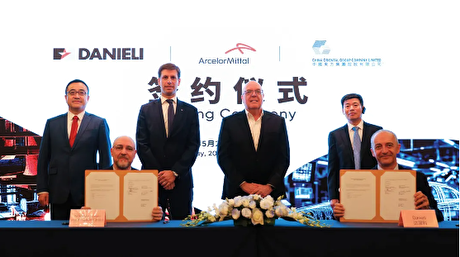
Advanced cold-rolled strip for China’s New Energy Vehicle market
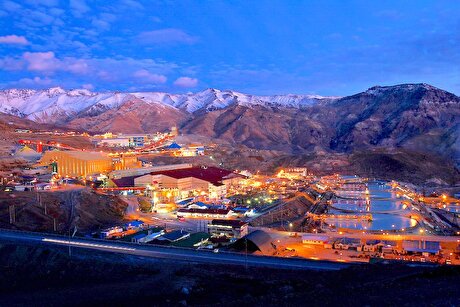
Codelco seeks restart at Chilean copper mine after collapse

Century Aluminum to invest $50M in Mt. Holly smelter restart in South Carolina

Australia to invest $33 million to boost Liontown’s Kathleen lithium operations

Glencore warns of cobalt surplus amid DRC export ban

SSR Mining soars on Q2 earnings beat

A Danieli greenfield project for competitive, quality rebar production

China limits supply of critical minerals to US defense sector: WSJ

Alba Hits 38 Million Safe Working Hours Without LTI

Advanced cold-rolled strip for China’s New Energy Vehicle market

Codelco seeks restart at Chilean copper mine after collapse














